latest fit tech news
Egym snaps up Hussle as it moves to dominate the corporate wellness market with its Wellpass product
Fitness Foresight 2019: Key trends, influences and opportunities set to shape health and fitness in the foreseeable future
We know things like wearables, HIIT training and functional fitness are hot, but what’s coming down the track? Liz Terry looks further ahead for the 2019 edition of HCM Fitness Trends
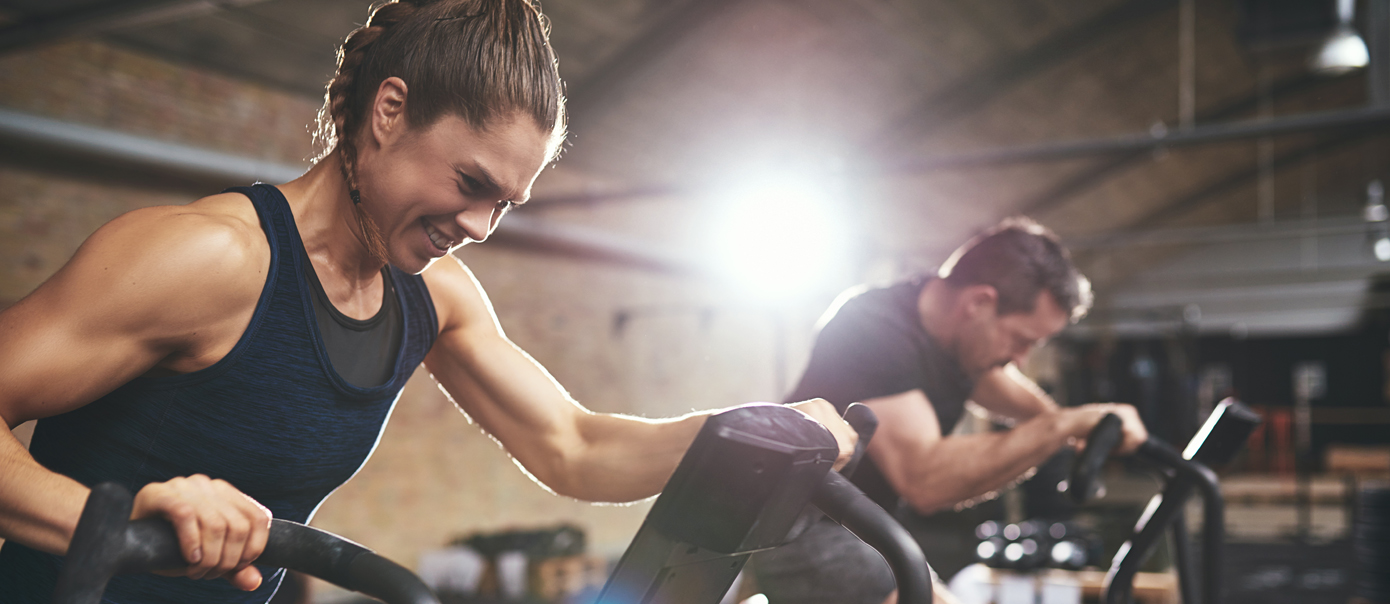
The explosion of social media, specialist TV and the growing professionalism of sport has given star athletes huge reach, enabling us to understand their training and nutrition programmes and driving a trend we’re calling ‘Train like an Athlete’.
Ambitious gym members will demand support in ramping up their in-club training regimes to emulate their sporting icons.
The trend will be boosted by the growing expertise of PTs, exercise professionals and sports scientists who are building careers in the industry, giving members access to support with technique and motivation.
The trend will impact the industry in areas, such as gym floor layout, programming, group classes, the specification of equipment, marketing and endorsements.
It will enable operators to attract more sportspeople into membership and will bring some of the determination, stoicism, discipline and energy of sport into the gym.
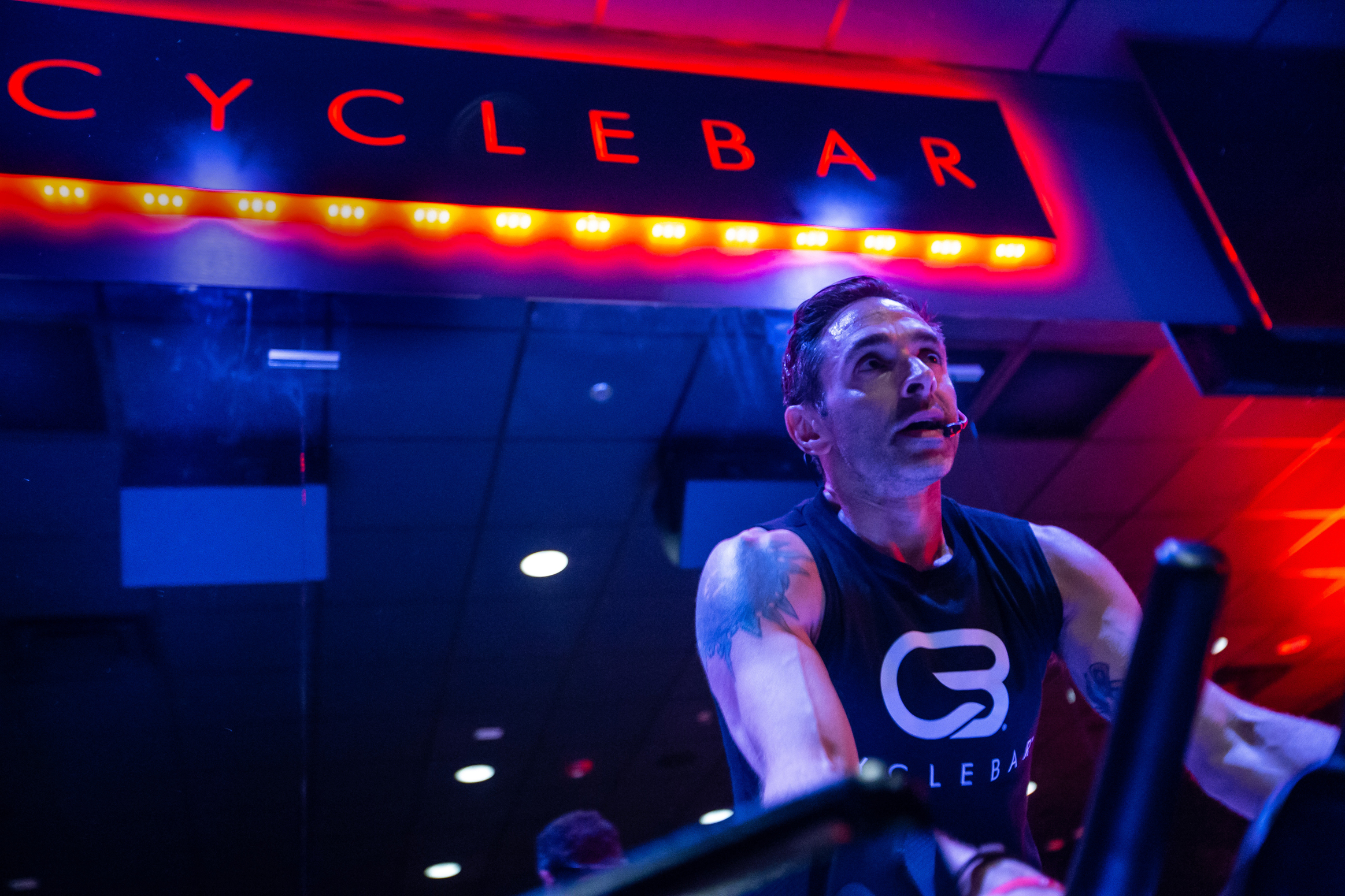
The current stage of the fitness market lifecycle is perfect for franchises, who can identify local markets and new customer groups and build business around these opportunities.
These types of operations suit entrepreneurs, who invest their own money and passion and are committed to delivering a personalised service and really driving the growth of their businesses, as it’s challenging for corporates to work at this scale.
It’s also a great opportunity for ambitious PTs who want to develop their careers. Many who started work in the sector during the rapid growth of the industry in the 2000s are now experienced and at a life stage where they need to support a family.
For them, the opportunity to own their own gym is very attractive and the more ambitious and entrepreneurial will be drawn to the many franchise packages which are coming on-stream, creating a strong source of customers for franchise packages.
This trend is coinciding with changes on the high street where retailers’ profits are being undermined by online sales. This is forcing them to reduce the size of their estates and shed prime locations, and is opening up a source of vacant real estate to be repurposed for fitness.
This in turn is creating a good supply of sites which suit the needs of fitness franchise businesses and enable this market to grow.
Content is king and the fitness market is seeing a battle for domination in the provision of content to be streamed for home and virtual workouts.
This trend is opening up opportunities for operators to partner with tech companies and suppliers to enable live streaming and filming in clubs.
We expect to see more gyms being designed like film studios, with permanent camera mounting points and professional lighting systems to enable regular filming to take place.
We’ll also see the development of more in-club televisual, clearly instructed workouts which work on virtual and live streaming, to enable operators to tap into this revenue source and brand-building marketing opportunity.
It’s been a slow burn to get to this point, but we expect boxing-related gym concepts to experience a strong phase of growth over the next three years as more retiring boxing icons make their way into the fitness industry.
The combination of boxers’ star pulling power, the TV profile of the sport and the popularity of boxing-based workouts for exercise and stress-relief for all sexes point to this as a potential area of growth – especially at the high end.
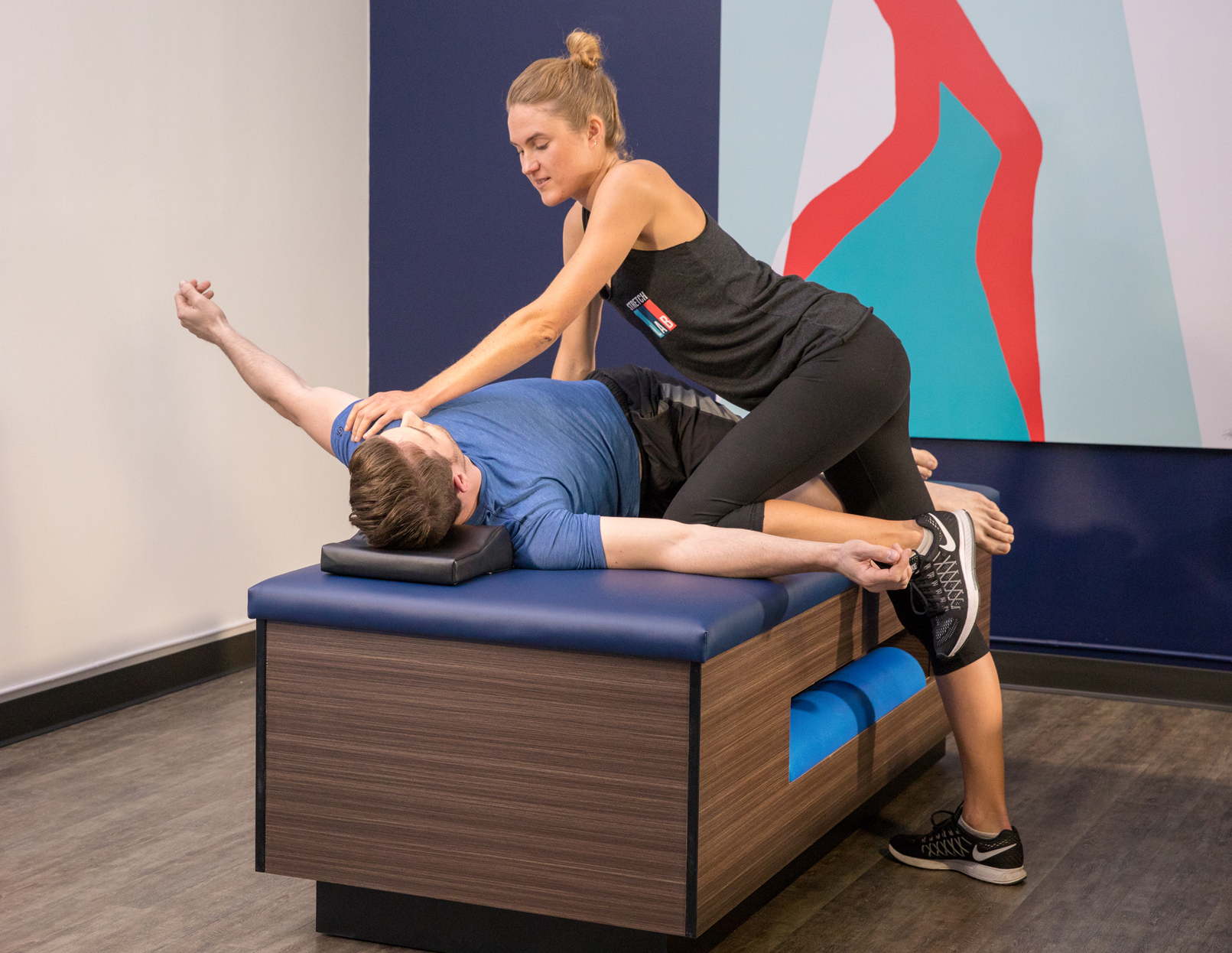
Assisted stretching – an effective way to improve performance and mobility and avoid injury – is an emerging concept.
The service is finding a market among both gym goers and athletes.
Being professionally stretched involves one-to-one sessions and gives more powerful results than stretching alone, as muscles can be eased past the point of natural resistance. The aim is for people to leave feeling invigorated, taller and with better posture.
Tight muscles compress joints and can wear them out too soon, while muscle imbalances can create problems and pain.
Stretching every day is one of the key elements of any fitness regime, alongside strength and cardiovascular training, but it’s often the most overlooked.
The emergence of assisted stretching as a business model is changing this attitude and opening up useful services for customers and good business for operators.
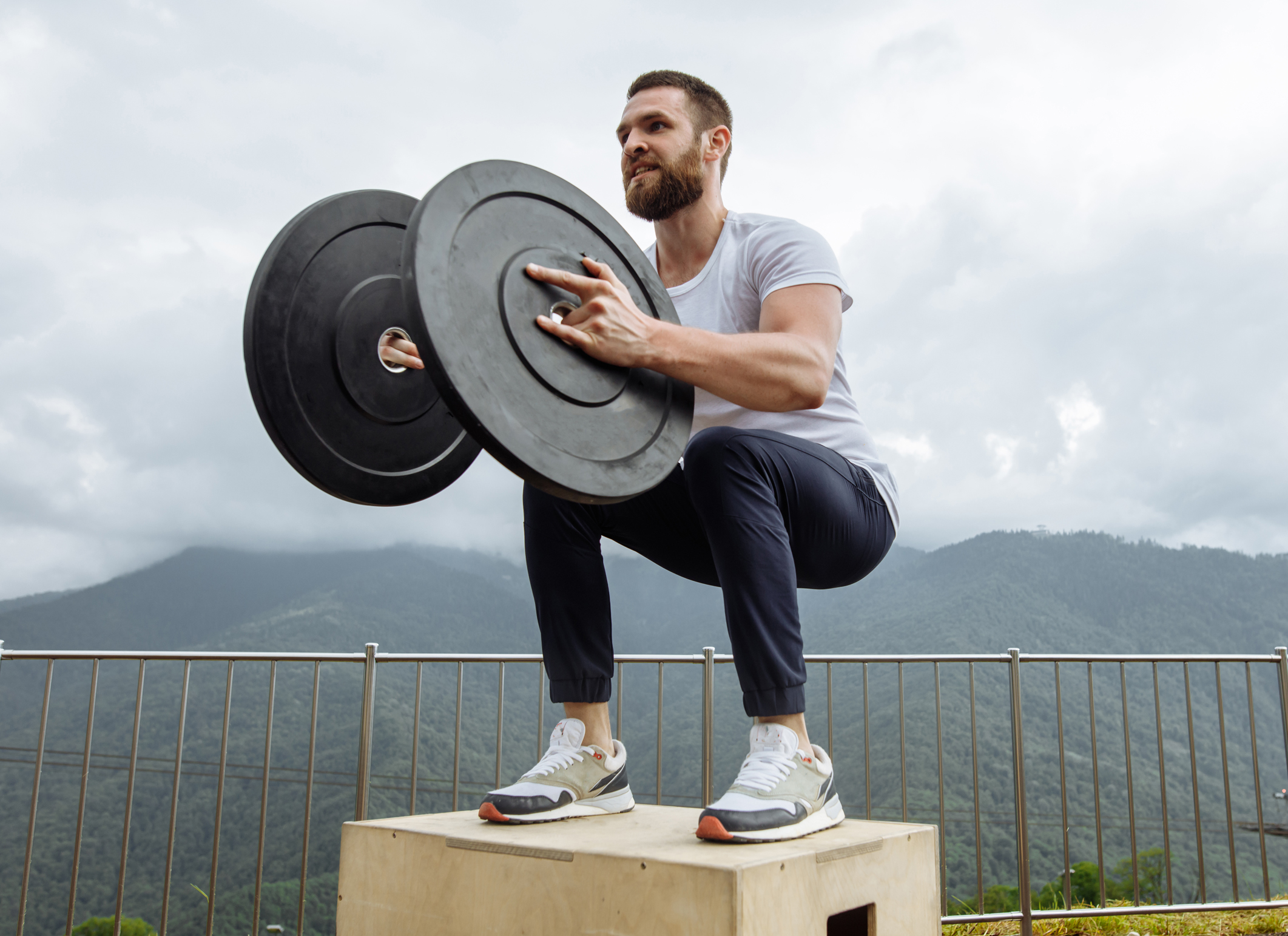
Doing weight bearing activity is vital to good bone health. The stress placed on bones by exercises such as weight lifting stimulates the body to build bone mass.
Impact compresses the bone matrix, triggering it to take in calcium and other minerals and increasing bone density.
The weight bearing needed to get this response is called osteogenic loading – or bone loading – and when it comes to the impact of exercise, scientists measure activities according to how many multiples of body weight they load onto the skeleton.
A study at the University of Bristol in the UK looked at the loading needed to stimulate mineralisation in teenagers and found it was 4.2 times body weight: if someone weighs 130 pounds, they need to load 546 pounds.
It’s important to note that at rest, gravity applies a load that equals our bodyweight.
Activities such as running add a load, but exercises such as weight training, jumping or plyometrics are needed to achieve four times bodyweight and trigger the process.
Adding bone loading to your repertoire as an operator or PT will enable you to better serve members and customers, as well as enabling them to take steps to improve their long-term health.
While cycling and swimming have excellent health benefits, they ‘unload’ the bones, so exercisers who focus on these are advised to also do weight bearing activity.
Altitude training has long been used by elite and professional athletes, but now this powerful amplifier is becoming more available to wider populations and we expect the health and fitness industry to embrace it going forward – for both exercise and active recovery.
Training or recovering in an oxygen depleted environment prompts the body to increase red blood cell count and improve performance. Loughborough University has even opened an on-site hotel with altitude rooms for athletes.
Exercise is proven to support good mental health and help overcome mental health issues – it’s as effective as drugs for treating mild to moderate depression, for example.
We expect more health and fitness operators to launch mental-health-related services and specialist mental health memberships, to support members who need ongoing access to this type of support Mental health services will be delivered in partnership with specialist organisations who are experienced in this area, to ensure people who need support are looked after by experts.
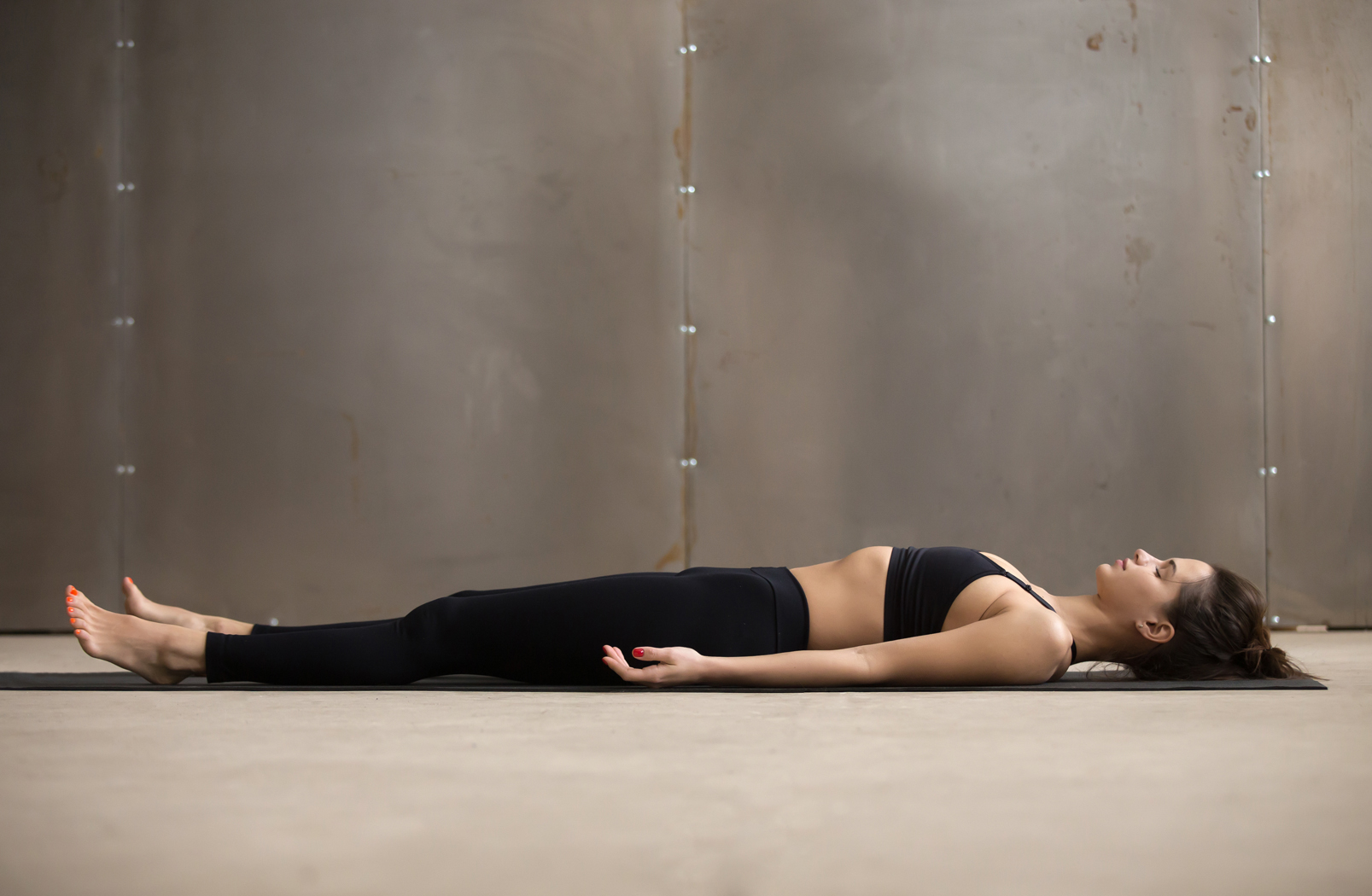
Although nothing can be done to stop the clock on our chronological age, we now know how to reverse biological ageing, so we literally live in a younger body.
Work by Nobel Prize winner Dr Elizabeth Blackburn and health psychologist Dr Elissa Epel found telomeres – caps at the end of chromosomes, which protect them from deterioration – can be lengthened to reverse physical ageing with good lifestyle – a plant-based diet, sleep and exercise.
We expect Reverse Ageing programmes to increasingly be offered by fitness businesses.
This trend ties in with the industry’s move to wellness which is seeing health club operators collaborating with the wellness industry to deliver testing and personalised programmes around nutrition, lifestyle, mind/body and recovery.
The bad guys are obesity, sugar consumption, smoking and too much stress – these speed decline and hasten death.
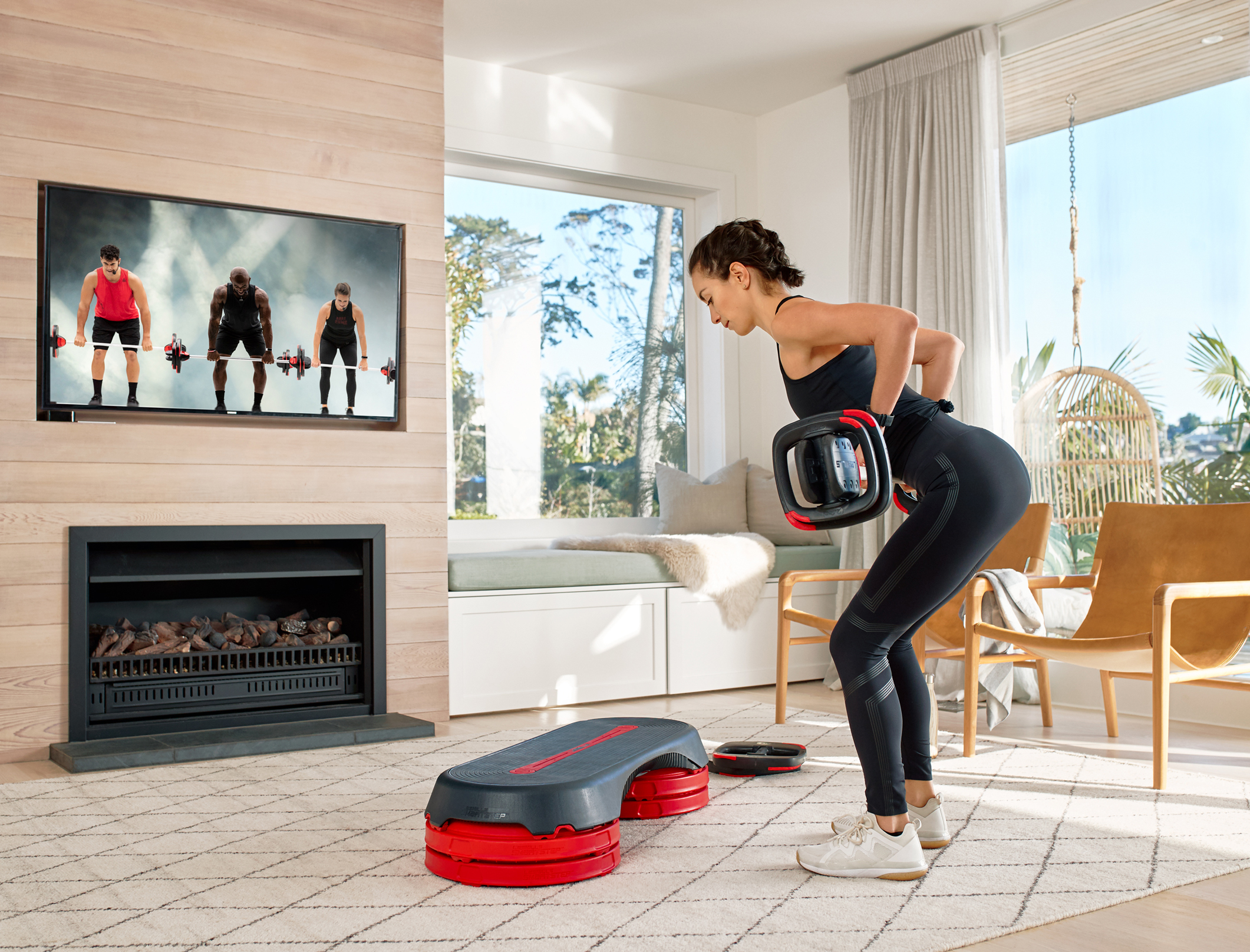
Home workout brand, Peloton, has built a business with a US$4bn valuation in just six years.
Now a raft of other suppliers and operators are moving into this market, with the launch of home streaming and equipment concepts.
We expect a blurring of boundaries between in-home and gym-based exercise, as consumers continue to adopt a more portfolio-based approach to their exercise regimes.
This trend is being driven by apps and wearables, which enable consumers to both aggregate workout data and access cross-platform opportunities: Technogym has worked with major wearables to enable users of its Mywellness Cloud platform to replicate outdoor runs on a treadmill in terms of times elapsed, gradient and speed, for example.
We expect this trend to lead to more people building home gyms.
Far from being a threat to the industry, this trend towards home fitness adds another layer to the engagement between consumers and operators, and opens opportunities for fitness brands to extend into the home market.
Having an excellent sense of balance is a fundamental element of good physical literacy – especially as people get older.
We expect balance training to grow in popularity as people increasingly appreciate the benefits of having a strong core and good balance for fitness, sport and the everyday.
The trend will drive growth in yoga and Pilates-related disciplines and also increase the use of balance-based exercise equipment which improves this skill in people of all ages.
As the trend towards veganism continues to develop momentum, the cohort of vegan consumers is reaching a scale which will soon support the creation of vegan gyms.
We expect to see a gym concept emerging which offers facilities that have been developed without the exploitation of animals, for example, with no leather, wool or other animal products present. They will also have strong vegan F&B and retail offerings. The vegan focus could even be extended to include exercises designed for a vegan lifestyle.
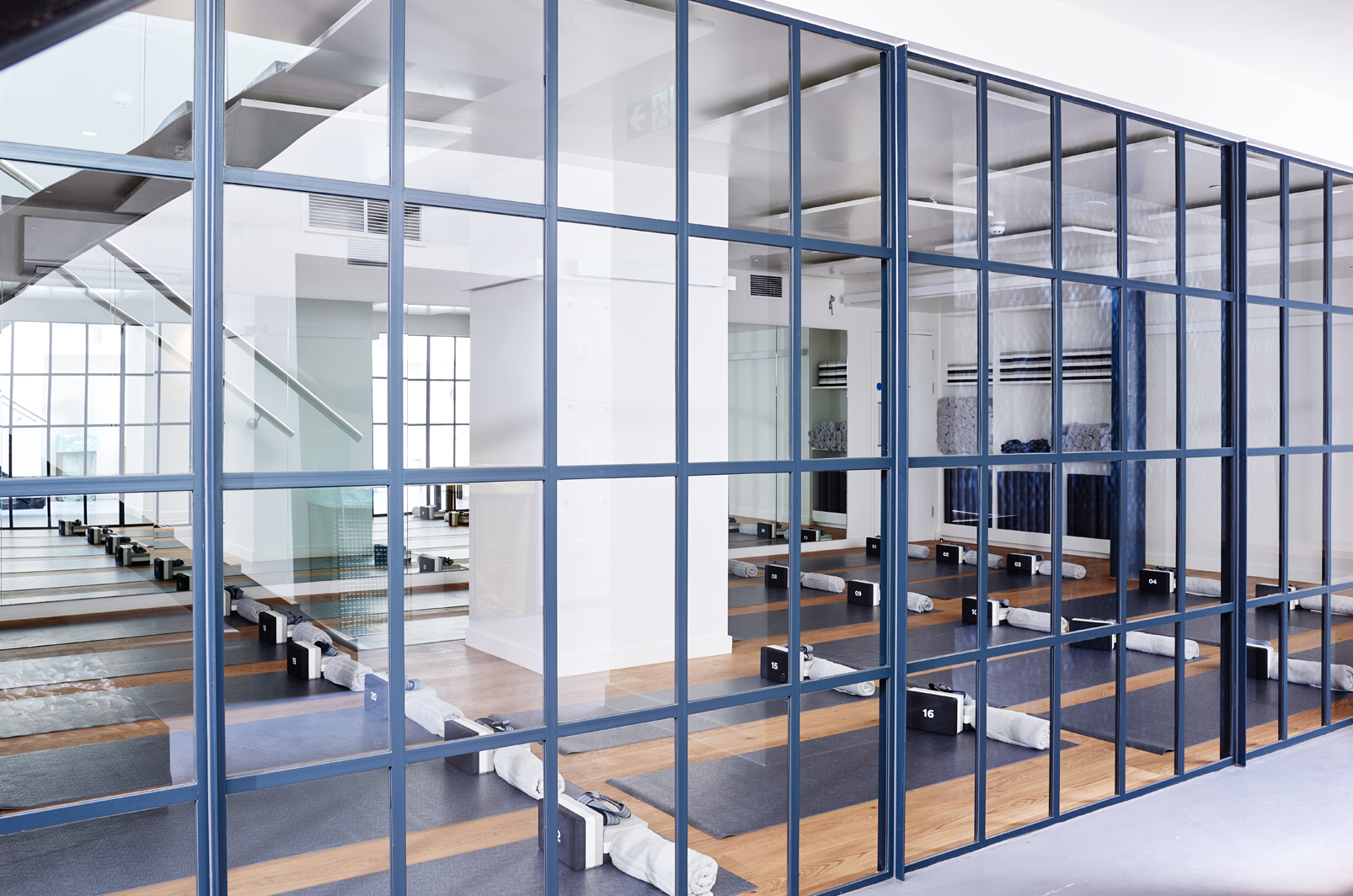
From sky diving to marathon running, we find our tribe through our leisure-time choices. This fact has never been better demonstrated than in the growth and success of boutique fitness studios.
Boutiques have disrupted the fitness industry by completely redefining the value of the market in terms of the amount consumers are prepared to pay to exercise.
They’ve done this by offering access to specialist training and equipment and a strong sense of belonging and community.
The business model – innovation, a targeted offer, a major focus on millennials or those with a millennial mindset and a high price point for high-end service can be applied to a range of modalities, from barre to cycle, making the model very nimble.
Although there are already a significant number of boutique types and hybrids, we expect to see continued innovation, with growth areas including Versaclimber and Gyrotonic studios, competitive running boutiques and EMS studios.
We also expect boutiques to continue to develop by merging modalities from health, fitness, wellbeing, physiotherapy, bodywork, collaborating with hotels, launching into home food delivery and tracking the next two generations to keep the offer relevant.
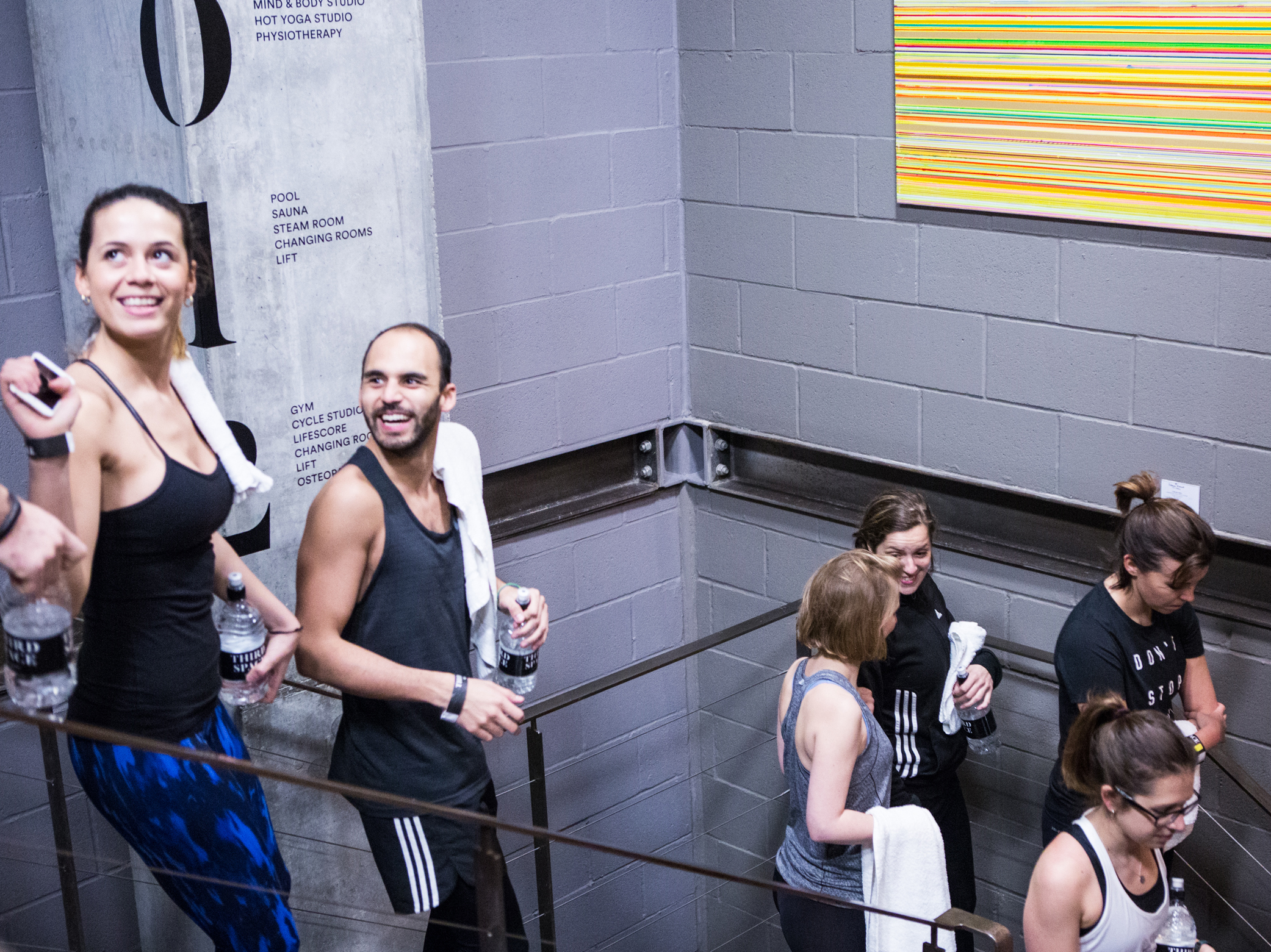
What can be done to improve retention across the health and fitness sector? It’s a real Achilles heel and it would transform our fortunes if we could make even incremental improvements.
Research being applied in the wellness industry by Jeremy McCarthy at Mandarin Oriental Hotel Group, may hold a key to unlocking ways to improve this important area, by changing the customer journey and focusing more on last impressions.
Looking at data from colonoscopies, doctors have found that the point in the procedure where discomfort is experienced has a bearing on the likelihood of the patient returning for a follow-up appointment. If the discomfort is felt early on, they will return, but if it’s felt near the end, they are less likely to – this last impression has an impact on future behaviour.
Apply this to the gym experience and it’s clear that many operators ‘front-load’ the customer journey, with a greeting, but fail to engage at the end, leaving members with a weak ‘last impression’.
Balancing this out and working harder to send someone away having experienced a great last impression, by engaging with them at the end of their time in the club or gym, could have valuable benefits when it comes to improving levels of retention.

A number of workout options are being driven by time-poor consumers looking for fast fitness solutions. These include things such as EMS Training (Electrical Muscle Stimulation), the cooling- and compression-based Vasper System of HIIT workouts and BFR (Bloodflow Restriction Training).
All are ways of amplifying the effects of exercise, meaning sessions are shorter and results faster. Some also need greater levels of supervision, as the stresses they put on the body mean they have to be carefully monitored and are not suitable for everyone’s state of health and body type.
In some cases – EMS for example – the frequency of sessions needs to be managed to give the body time to recover, as the workout raises levels of creatinine in the blood.
EMS sessions take 20 minutes and are said to be the equivalent of a traditional 90-minute workout, while Vasper sessions take 21 minutes and are claimed to increase levels of growth hormones, while reducing cortisol. BFR is claimed to achieve 12-week results in four weeks.
The clinical benefits of EMS are proven due to its extensive use in the German market and a solid body of research into the impacts. There’s also a new DIN standard for the training of EMS trainers to ensure safety.
During an EMS session, electrical stimulation improves deep muscle tone and balances out the symmetry of the body. It also improves lymphatic drainage and circulation in the periphery, making it ideal for use by time-poor customers, athletes and people who need rehabilitation.
Vasper was invented in the US and combines high-intensity exercise with cooling compression cuffs to amplify the effects.
We expect the trend towards amplified workouts to grow in terms of the number of facilities offering these options and the research base to prove their efficacy and optimal use for different populations.
The is all part of the move towards harnessing science to create offers that can be implemented in the wider market.
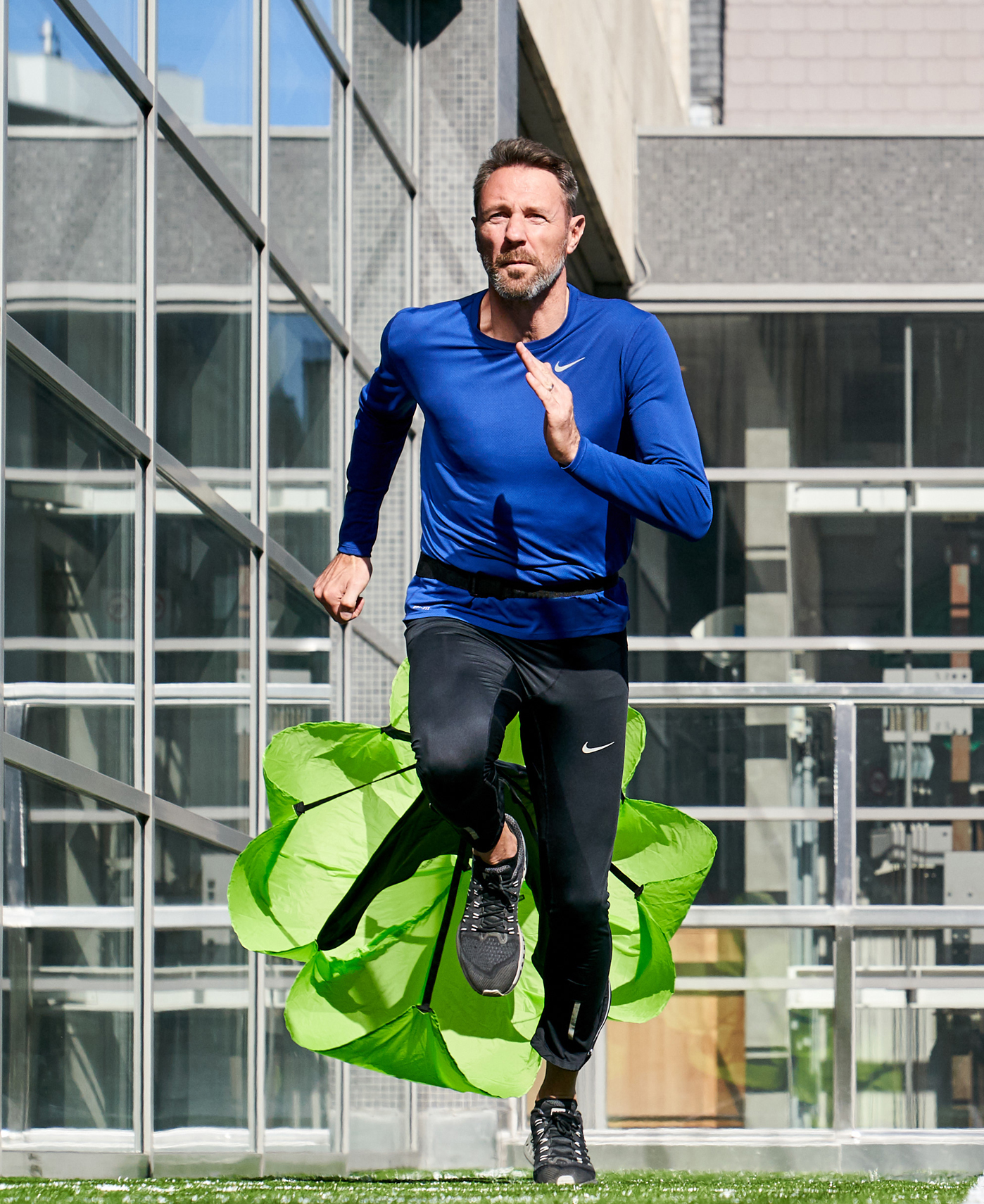
Running is growing in popularity as a sport, creating opportunities for gyms to offer running-specific workouts to engage more with the growing running population.
We expect this trend to accelerate as interest grows. We also expect it to develop in new areas such as parachute training, where people run against resistance by trailing a parachute to increase intensity and load.
Parachute training can be done both indoors and outdoors and is already starting to make an appearance at high end clubs, with a trickle-down effect likely.
We also expect to see more running-based boutiques and franchises launching.
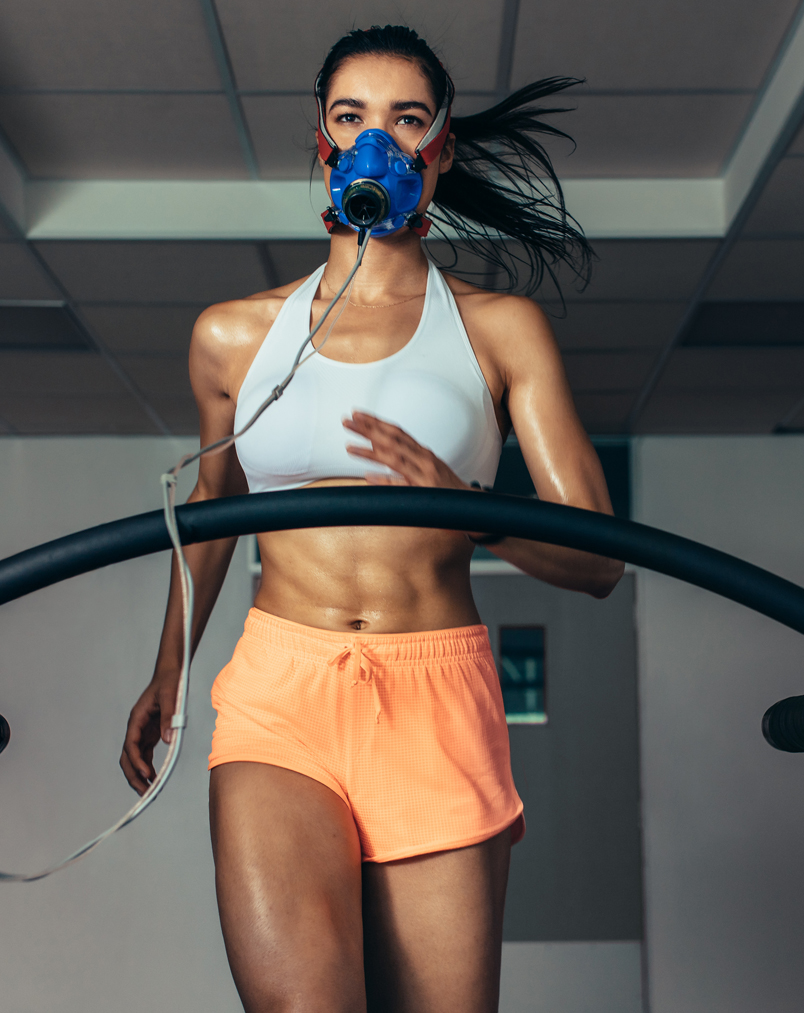
We expect the diagnostics market to grow rapidly over the next ten years, with more new tests coming to market that can be delivered in health clubs.
In addition to being beneficial for tracking health and determining optimum workout and nutrition programmes, people are increasingly looking to do private health tests to avoid results appearing on their official medical records and increasing their insurance or life assurance premiums or invalidating their policies.
This will create business opportunities for the industry.
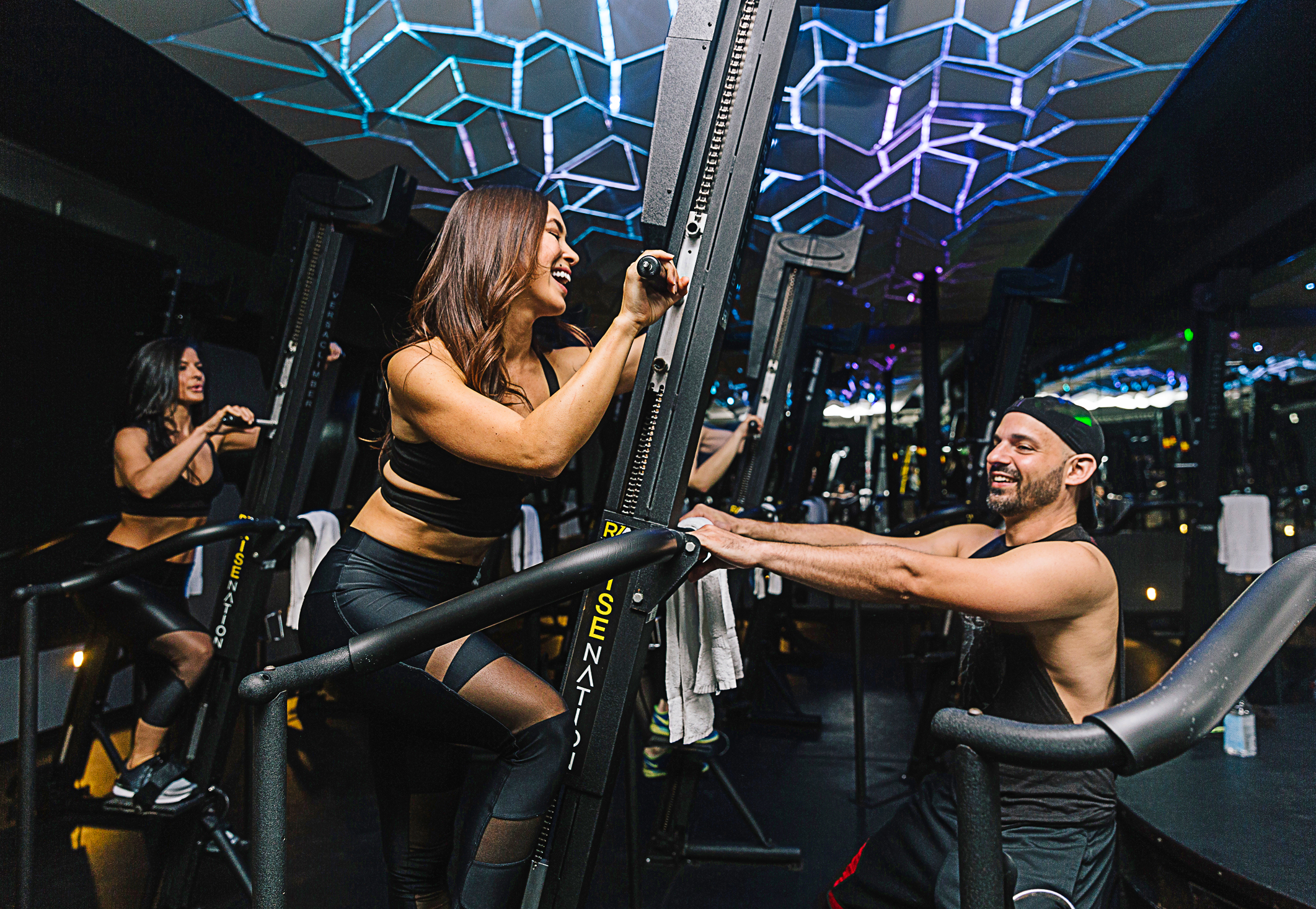
One of the latest workouts making waves in the US is climbing, with 90s staple the Versaclimber making a comeback and we expect this trend to be picked up internationally over the next year.
Climbing ticks many important boxes as a form of exercise. It’s high intensity and low impact – delivering a HIIT workout without the strain on joints – making it suitable for people of almost any age.
A climbing class delivers a whole body workout, making it an efficient way to exercise for both strength and CV fitness. It’s also offers a powerful workout for the core, making it suitable for people who want to improve posture and back strength.
The growing interest in HIIT climbing workouts is mirrored in the growth of indoor sports climbing, which becomes an Olympic event for the first time at the 2020 Tokyo Olympic games.
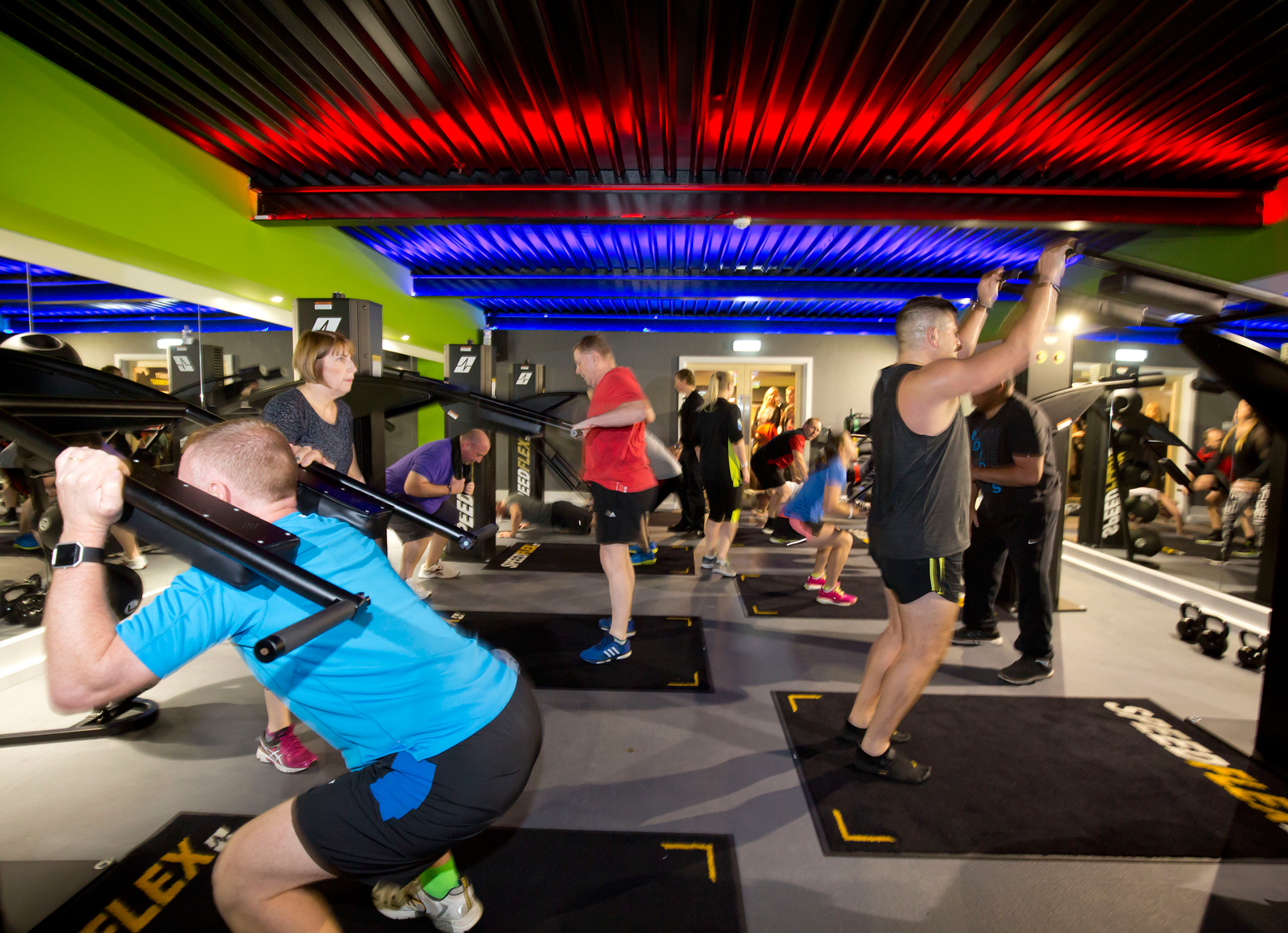
All markets – from travel to real estate – now have a layer of aggregation when it comes to the interface with the consumer.
The health and fitness market is no different, with a number of business models being deployed to enable operators to optimise their yield management.
Aggregators’ services are here to stay, with some operators embracing them and others approaching them more cautiously.
The future success of the relationship between operators and aggregators will depend on them developing services which are genuinely to their mutual advantage and which empower operators to still enjoy a direct relationship with the consumer.
If this happens, we predict this sector will continue to grow and thrive.
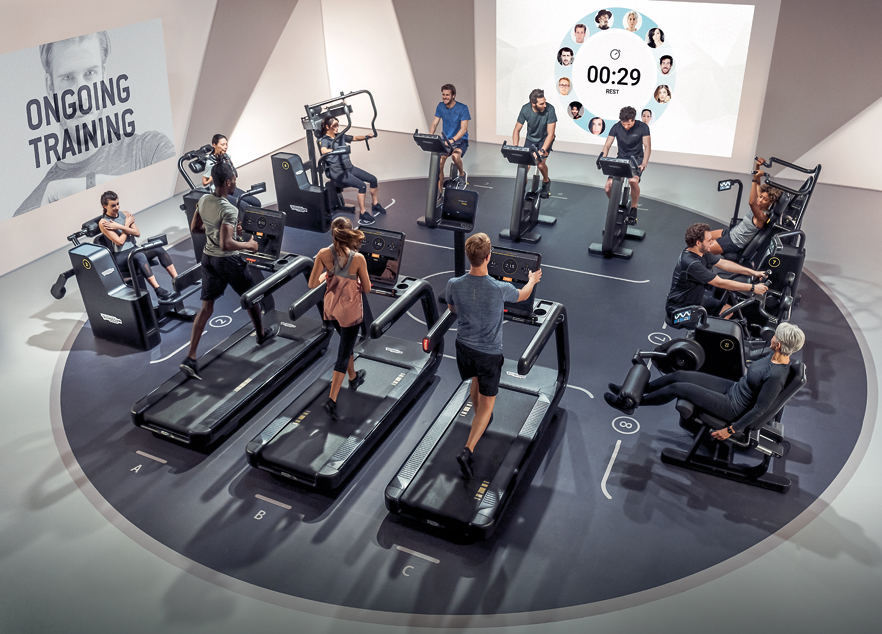
We think workout circuits – pre-programmed timed workouts – will gain significant global momentum in the next three years, with competition growing between suppliers.
Circuits tick a lot of boxes for certain population groups, including time-poor and older populations, due to their ease of use, safety and effectiveness in terms of results.
Built-in functionality, such as personalised automatic settings and workout loads appeal for their ease of use, allowing users to focus on the exercise, rather than grappling with settings and loads.
Where exercisers have a free choice of routine, some tend to opt for the easier options, and this can undermine results and lead to muscle imbalances. Circuits remove this issue, delivering complete workouts.
We expect circuit-based studios to proliferate as part of the boutique boom and to appeal to people who value this exercise option enough to pay a premium rate.





















































